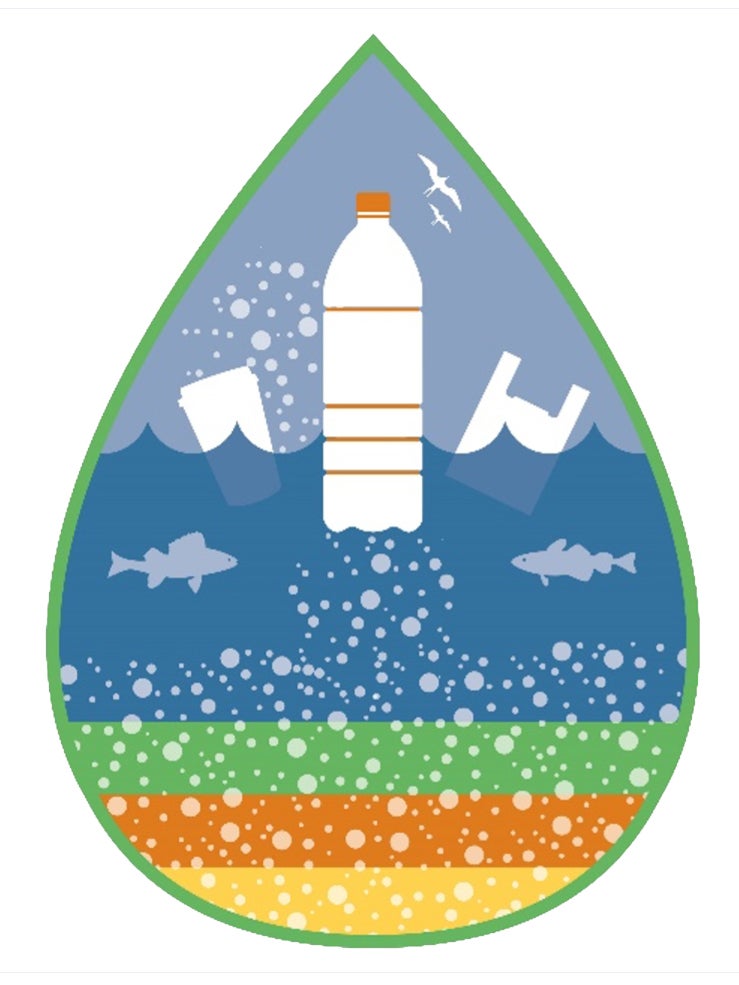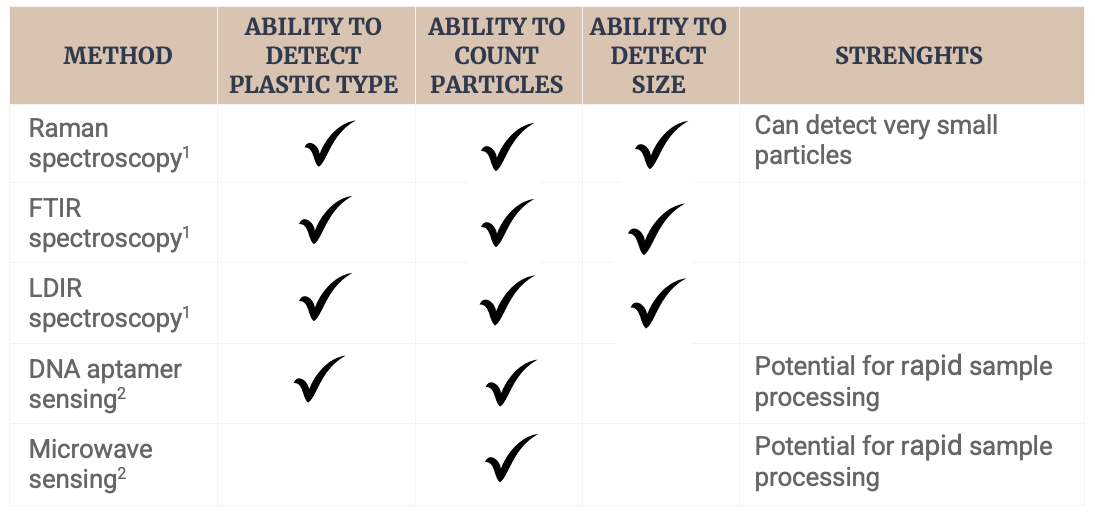
UW Microplastics Fingerprinting project part of global effort to advance analytical and detection methods

By Stephanie Slowinksi and Nancy Goucher
In many ways, Microplastics (MPs) is still an emerging scientific field. There are many basic questions that scientists are trying to figure out such as how to measure the amount of MPs in the environment, how to trace their origin, and determining the level of risk to human health and the ecosystems.
At the same time, concerned citizens, political leaders and the media are increasingly recognizing that MPs need to be better managed. The challenge then becomes for scientists to quickly address these unknowns to support governments and industry in the development of effective risk management strategies.
A new report, published by the Interstate Technology and Regulatory Council (ITRC), has taken a stab at summarizing the state of applied MP science. It discusses what is known about MP sources, distribution and environmental transport, as well as techniques and best practices for sampling and analyzing MPs. The report also outlines what is known about their risk to human health and ecosystems and provides an overview of the regulatory context.
The ITRC report is helpful because it situates the work being undertaken by the University of Waterloo’s Microplastics Fingerprinting project in a larger context. Our research team is part of a larger network of global scientists working to answer these fundamental questions to inform evidence-based risk management plans that will effectively protect the environment and humans from potential harm.
Specifically, our researchers are contributing to broader discussions on the best ways to detect, quantify and analyze microplastics in environmental samples, using different methods such as Raman spectroscopy, infrared spectroscopy (Fourier transform infrared (FT-IR) and laser direct IR imaging (LDIR) DNA aptamer sensing, and microwave sensing.
Why are we using different detection and analytical methods?
Our project is leveraging the interdisciplinary skills of our research team to develop and test multiple tools for detecting and analyzing microplastics. Our goal is to identify which tools work best in different scenarios. Spectroscopy tools, for instance, can identify plastic particle types (i.e., polymer type), and sometimes particle size and counts. However, more work is required to standardize the identification process (Table 1). That is why our researchers are working to develop more representative libraries of the spectra that are used by these instruments. By matching the spectra that we measure in environmental samples to known spectra, we can identify the plastic type. Because we are interested in characterizing and detecting microplastic particles found in the environment, we are focusing on building spectral libraries for samples that have experienced some kind of degradation (e.g., by heat, UV light, enzyme degradation).
We are also applying innovative strategies to enhance the applicability of spectroscopy methods including the use of deep learning to more accurately match known spectra to the spectra of the plastics we find in the environment. This lets us better account for the impact of environmental degradation. We are also advancing the field by applying probabilistic modelling to improve the accuracy of the quantification of microplastic particle concentrations.
While spectroscopy is commonly used by microplastic researchers, our team is also working with methods that have not, or have rarely been used, in microplastics detection and analysis. We believe there is a lot of potential in DNA aptamer and microwave sensing methods because they significantly speed up the time required to quantify microplastic counts (and therefore concentrations). DNA aptamer sensing has the potential to identify plastic types in a sample by using DNA sequences that target specific polymer types. These new methods require small volumes of water for detecting microplastics concentrations (and types) and can be housed and operate in relatively small containers. This means that they could be helpful in detecting microplastics concentrations in wastewater and drinking water treatment plants, for example.
As the Microplastics Fingerprinting project continues to advance the methodologies for microplastics research, we have been sharing our insights with the global scientific community through peer-reviewed journal publications. The ultimate goal is to provide reliable, efficient and affordable ways of detecting and analyzing microplastics from different types of environments (e.g., stormwater management ponds, wastewater treatment plant sludge or clean water samples from drinking water treatment plants, etc.).
Table 1: Comparison of methods for analyzing and detecting microplastics

[1] Established detection methods
[2]Novel detection methods under development by Microplastics Fingerprinting project
Listing image source: Interstate Technology Regulatory Council